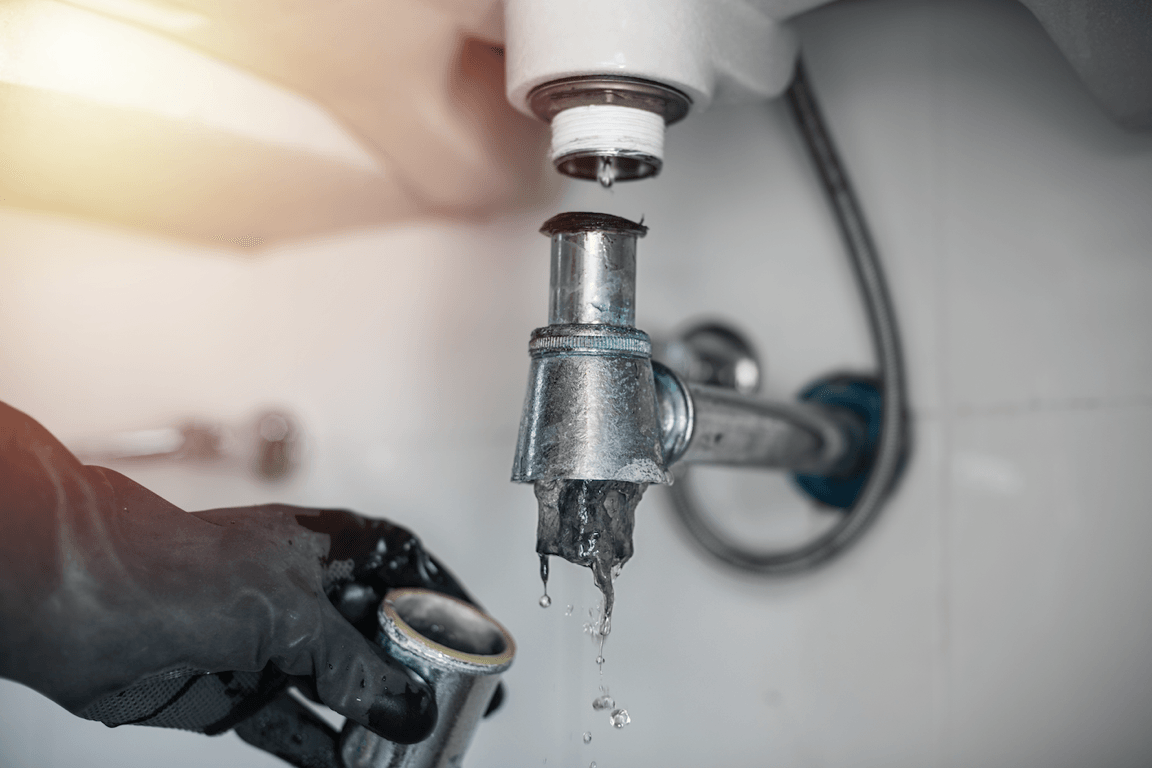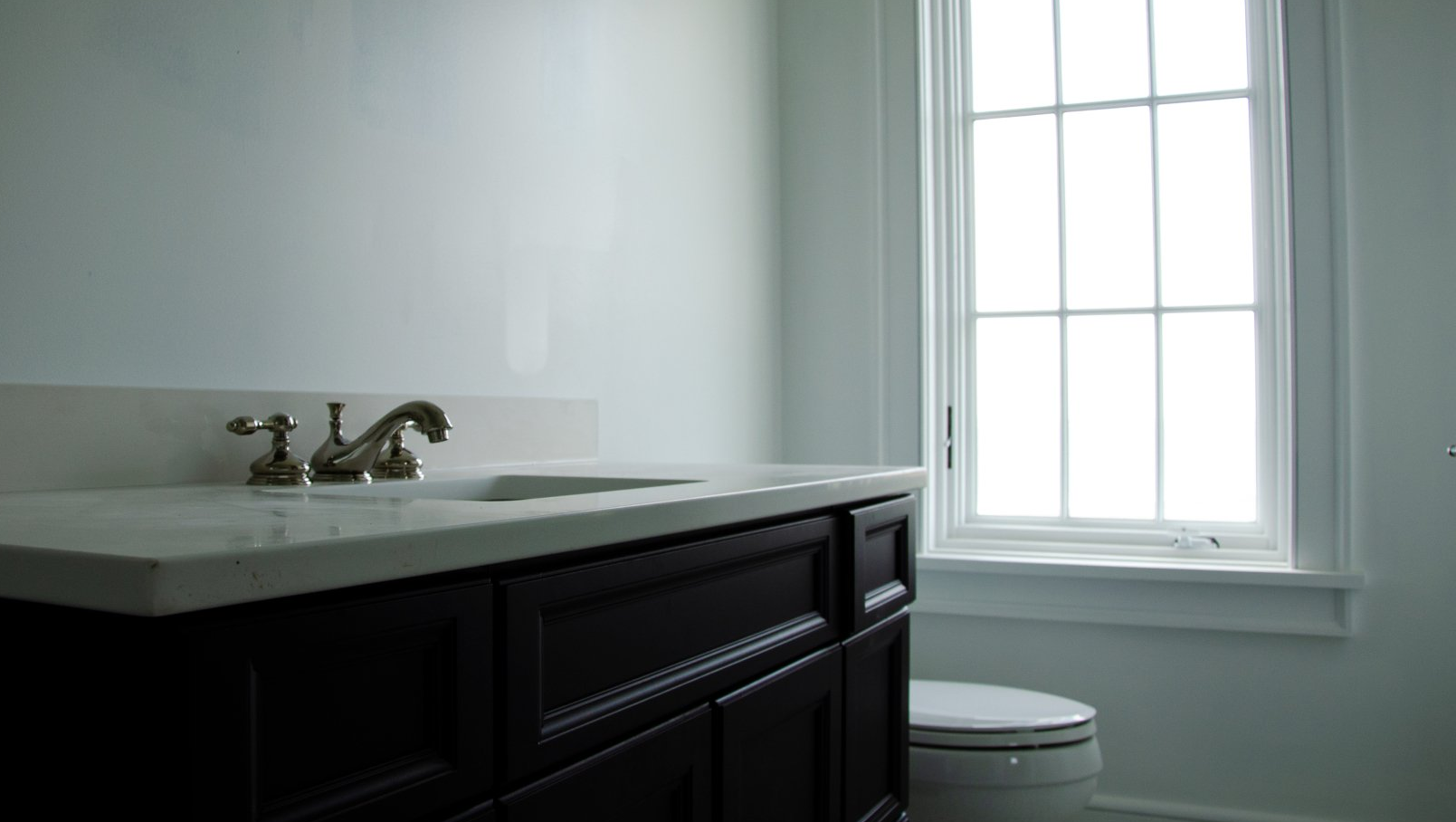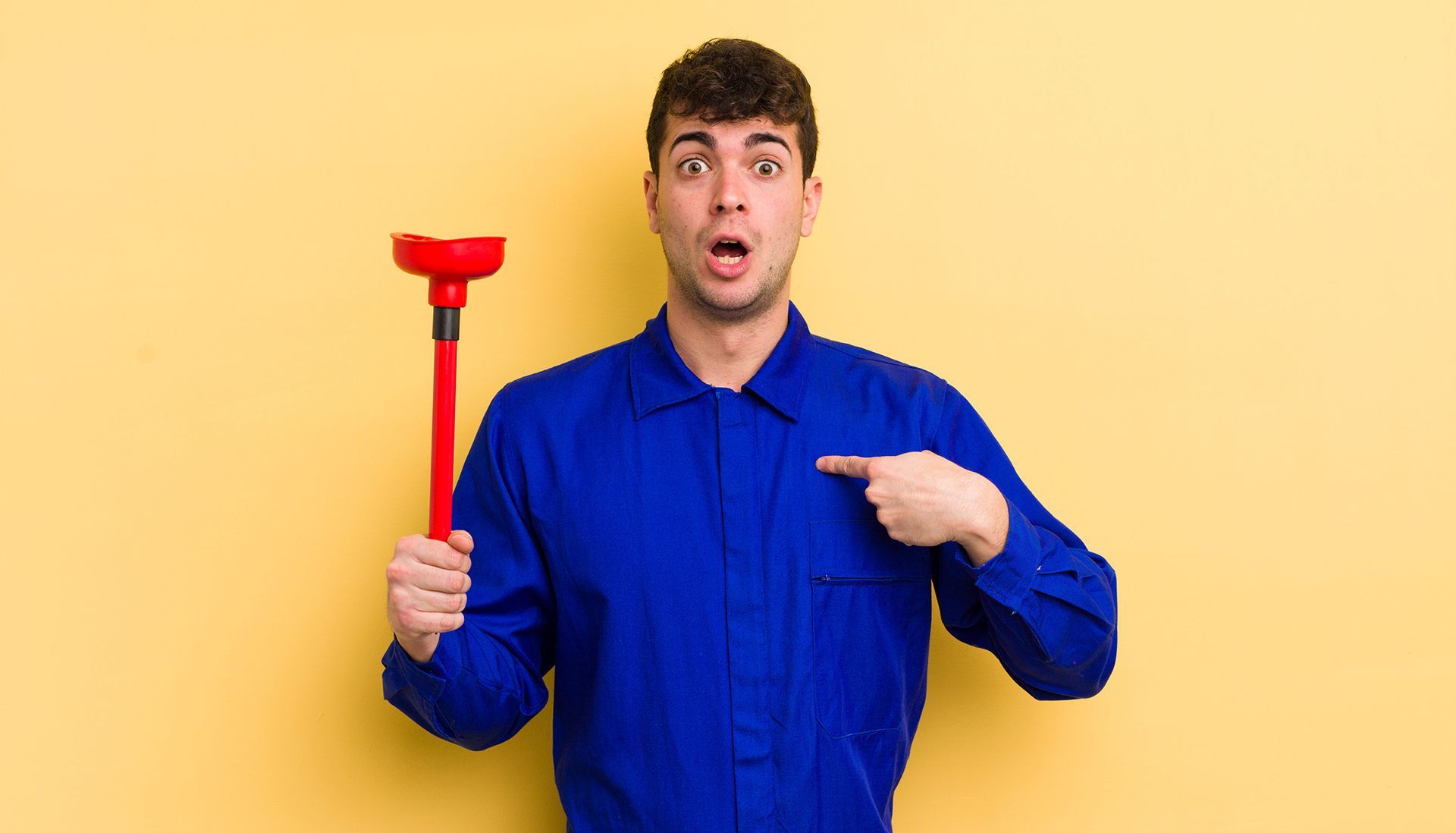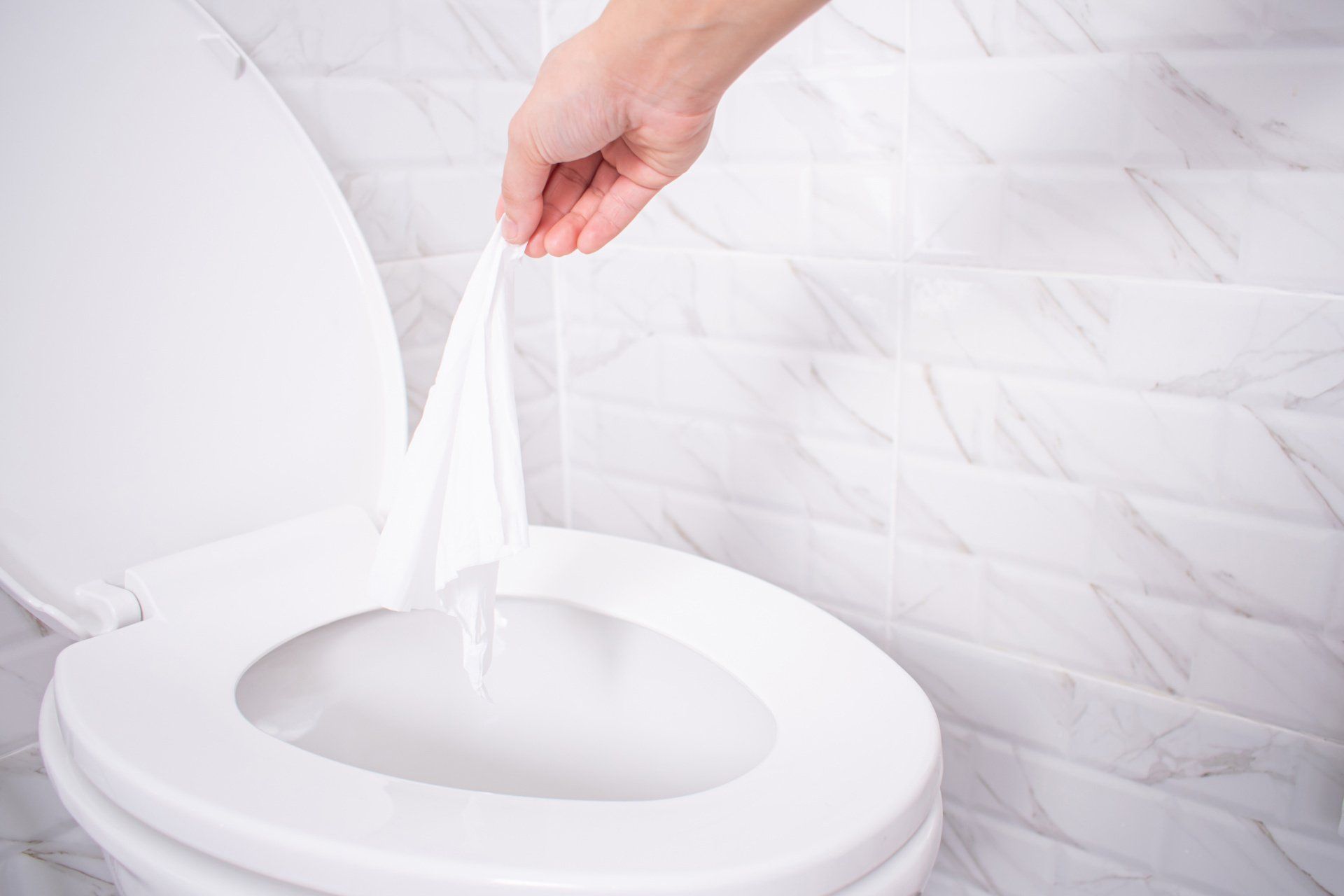Three Plumbing Truths You Should Always Remember
August 1, 2021

We’ve previously talked about some of the more popularly shared myths in the world of plumbing (link to that), but what about the truths? The fact is, there are some things about plumbing that either you may not have known, or you knew but didn’t really think about too much- but should. Arming yourselves with such knowledge can be the difference of thousands of dollars on a plumbing bill- not to mention your peace of mind.
Here are three truths about plumbing that you should safely store away in your head.
Drain products can be pipe-killers
Every once in a while, a small amount of Drain-o isn’t likely to cause too much damage to your drain lines. Using drain products too frequently, though, and in too heavy of amounts, can cause serious problems for your pipes. Drain products create an abundance of heat inside your pipes, which in turn leads to the pipes warping or melting, and thus leading to leaks. On top of that, these types of drain cleaners are terrible for the environment if used in excessive amounts. There may be a time and a place for these types of products, but use them sparingly.
Your garbage disposal is not meant for large amounts of discarded food
Your garbage can is for your garbage. Your garbage disposal is for a quarter of an inch of an orange peel that may have stuck to your shirt, and then fallen in while you were washing your dishes. That’s about the amount of food that your garbage disposal is equipped to handle, and that goes for liquids such as soup and tea just as much as it goes for solid foods. Overusing your garbage disposal by willfully and repeatedly putting things in there that don’t belong there is an excellent way to generate a clog and a corresponding hefty (and unnecessary) plumbing bill for yourself, so remember to keep your trash where it belongs- in the trash.
Do NOT flush anything down your toilet that doesn’t belong there
We’ve heard no shortage of horror stories about things that don’t belong in toilets being flushed down them, which predictably cost homeowners a lot of money. A good rule of thumb: if it’s not toilet paper or your waste, it doesn’t belong there. That includes scraps of food, bottle caps, paper receipts that you don’t care for, and so on. Paper towels, tissues, tampons, and other things that you may use for matters of personal hygiene may seem like they fit the parameters for what should be flushed down the toilet, but sooner or later, they’re bound to lead to a backed-up pipe- and a large amount of wasted money on a plumbing invoice that you could have avoided simply by paying the slightest amount of care.
(Footer) Did something happen that shouldn’t have that’s left you in need of professional assistance? Don’t worry, we live and we learn. In the meantime, we’re here to help you this time, so there doesn’t have to be a next time!
You might also like

In today's world, where environmental sustainability is becoming increasingly important, homeowners are seeking ways to make their homes more eco-friendly. While plumbin g may not be the first thing that comes to mind when thinking about energy efficiency, it plays a significant role in creating a greener home. In this blog post, we will explore energy-saving plumbing solutions that can help you reduce water waste, conserve energy, and make your home more environmentally friendly. I. Low-Flow Fixtures: One of the easiest and most effective ways to conserve water is by installing low-flow fixtures throughout your home. Low-flow faucets, showerheads, and toilets are designed to use significantly less water without sacrificing performance. These fixtures can reduce water consumption by up to 50% compared to traditional ones. Upgrading to low-flow fixtures is a cost-effective solution that not only helps the environment but also lowers your water bills. II. Water-Efficient Appliances: Another plumbing solution that can contribute to energy savings is opting for water-efficient appliances. Choosing appliances, such as dishwashers and washing machines, with a high Energy Star rating ensures that they use less water and energy with each use. These appliances are designed to operate efficiently while still providing excellent performance. Upgrading to water-efficient appliances not only reduces your environmental footprint but also helps you save on your utility bills in the long run. III. Efficient Water Heater: Your water heater can account for a significant portion of your overall energy consumption. To improve energy efficiency, consider installing a tankless or on-demand water heater. These systems heat water only when it is needed, eliminating the standby heat loss associated with traditional tank-style heaters. Tankless water heaters provide hot water on demand, reducing energy waste and ensuring you never run out of hot water. Additionally, insulating your water heater and pipes can further improve energy efficiency by minimizing heat loss. IV. Greywater Recycling: Greywater recycling is a sustainable plumbing solution that involves reusing water from sinks, showers, and laundry for non-potable purposes such as irrigation or toilet flushing. By diverting greywater, you can significantly reduce water consumption and minimize the strain on freshwater resources. Implementing a greywater recycling system requires professional expertise, but it can offer substantial long-term benefits for both the environment and your water bills. V. Rainwater Harvesting: Harvesting rainwater is an effective way to conserve water and reduce reliance on municipal water supplies. Installing rain barrels or a more elaborate rainwater harvesting system allows you to collect rainwater from your roof, which can then be used for outdoor irrigation or other non-potable purposes. Utilizing rainwater reduces the strain on municipal water sources during dry spells and contributes to water conservation efforts. VI. Regular Maintenance: Regular plumbing maintenance is essential for maximizing energy efficiency and preventing water waste. Inspect your plumbing system for leaks, dripping faucets, or running toilets and fix any issues promptly. These seemingly minor issues can waste significant amounts of water and increase energy usage over time. Conclusion: By implementing these energy-saving plumbing solutions, you can create a greener and more sustainable home while also reducing utility bills. Consulting with a professional plumber for advice on low-flow fixtures, water-efficient appliances, and other eco-friendly options tailored to your home's needs is highly recommended. Embracing these energy-saving plumbing solutions not only benefits the environment but also enhances your comfort, lowers your expenses, and contributes to a more sustainable future.


